Date: 17 Jan 2024
In Ayurveda, Pitta (Pitta) is one of the three main energy principles called "doshas". The other two are Vata and Kapha. The three doshas represent different combinations of the five elements - ether, air, fire, water and earth.
Pitta is considered the energy that controls metabolism, thermoregulation, digestion of food, thoughts and ideas and other transformational processes in the body. This principle is associated with fire and water and is associated with warm, sharp, light and oily characteristics. It is localized mainly in the stomach, small intestine, liver, etc.
When pitta is in balance, the body functions optimally. But if pitta is imbalanced, it can lead to problems such as irritation, inflammation, excessive heat and other imbalances in the body. Ayurveda offers various recommendations for maintaining pitta balance, including proper diet, herbal treatment, yoga, and other practices.
Pitta energy in Ayurveda is characterized by certain properties that are expressed in the body and mind. Here are the main properties of pita:
- Warm: Pitta has a warm quality and is associated with fire. This applies to both the body and the mind. When pitta is in balance, its heat contributes to maintaining body temperature and facilitating the processes of thermogenesis.
- Sharp: The sharp quality is characteristic of pitta. This is reflected in the pungent taste, which mainly represents food preferences corresponding to pita.
- Light: Pita is light and mobile. It is associated with the element of air and fire and is usually associated with characteristics such as mobility, speed and lightness.
- Oily: The heaviness of a pita is related to oil and fat. When pitta is in excess, it can create excessive oiliness or fat in the body.
- Moist: Moisture in the body and tissues is controlled by pitta. An imbalance can lead to excessive humidity or severe shorted moisture.
- Sour: Sour is a characteristic taste of pita. This taste supports the normal functioning of the stomach and digestive system.
- Penetrating: A pitta has the quality of penetrating, which can be expressed in the precision and detail it loves, as well as a sharp mind.

When pitta is in balance, it helps the body and mind to function well. However, an excessive dominant pitta imbalance can lead to various problems and difficulties. Pitta balancing often seeks to maintain harmony between these diverse properties in the body and mind.
- Diet: Stick to pitta-soothing food items. These include sweet, bitter and astringent, cold and hydrating foods. Avoid overeating and prefer light, easily digestible meals.
- Hydration: Drink plenty of water, especially purified and cold. Avoid hot and carbonated drinks.
- Diet: Follow a regular diet and avoid eating before going to bed. The main intake of food should be during the pitta hours of the day when the energy of this dosha is most active.
- Avoiding hot spices: Limit the consumption of hot spices and bitter foods.
- Relaxation: Practices such as yoga, meditation, and deep breathing can help reduce stress and tension that can lead to pitta imbalances.
- Physical activity: Moderate physical exercise is helpful in balancing pitta energy. Avoid excessive exertion and avoid training in hot conditions.
- Rest and sleep: Make sure you have enough time for rest and quality sleep. Rest and recovery are important for pitta balancing.
- Ayurvedic herbs and supplements: Certain Ayurvedic herbs and supplements can also be used to help balance pitta, such as amalaki, licorice root, and others.
- Ayurvedic experts often recommend an individualized approach that takes into account a person's constitution (prakriti), season, climate and other factors. Before starting a new regimen or supplement, it is always a good idea to consult a qualified Ayurvedic practitioner.
Also check out the following nutritional supplements:



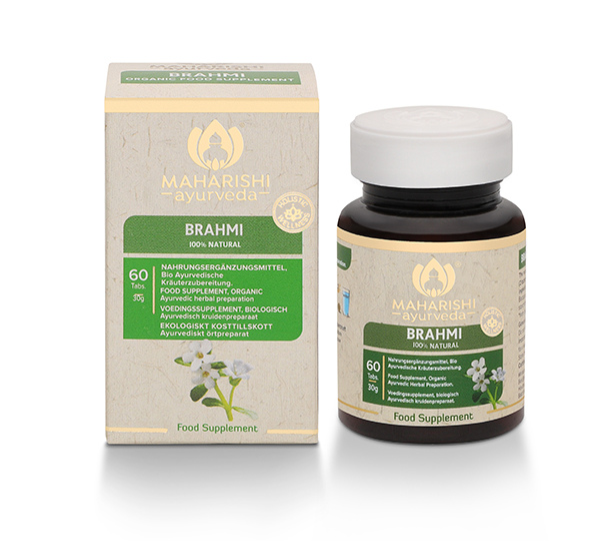
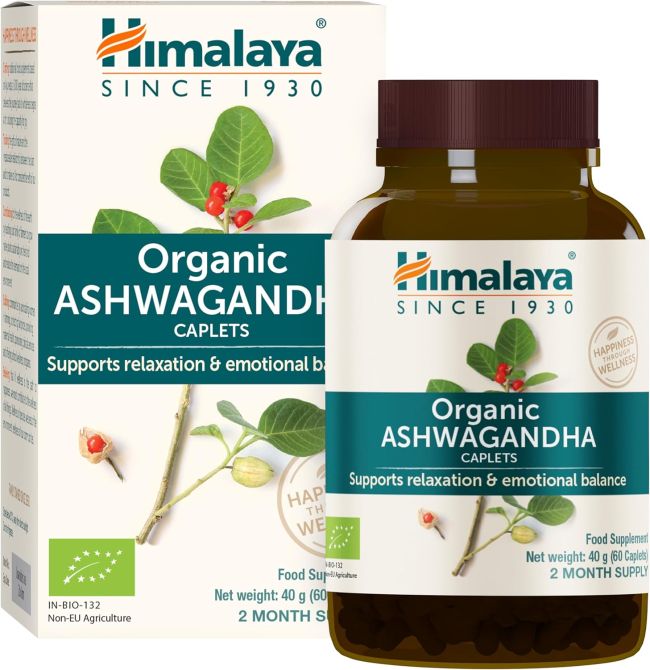
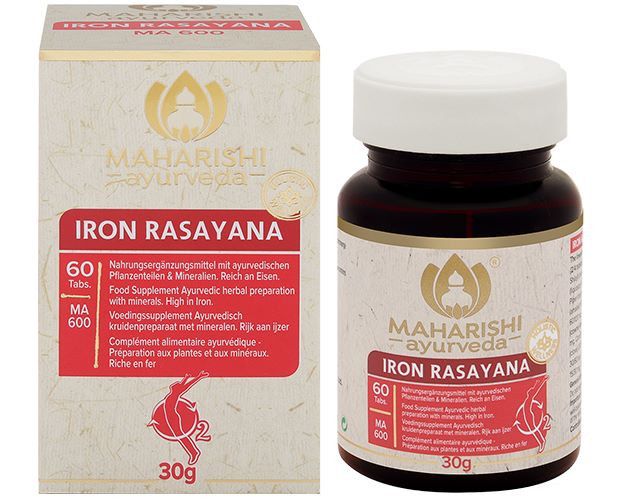

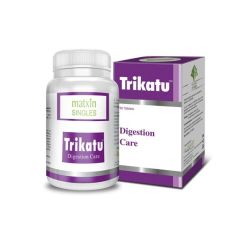

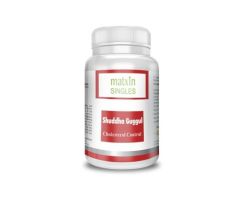


Post comment